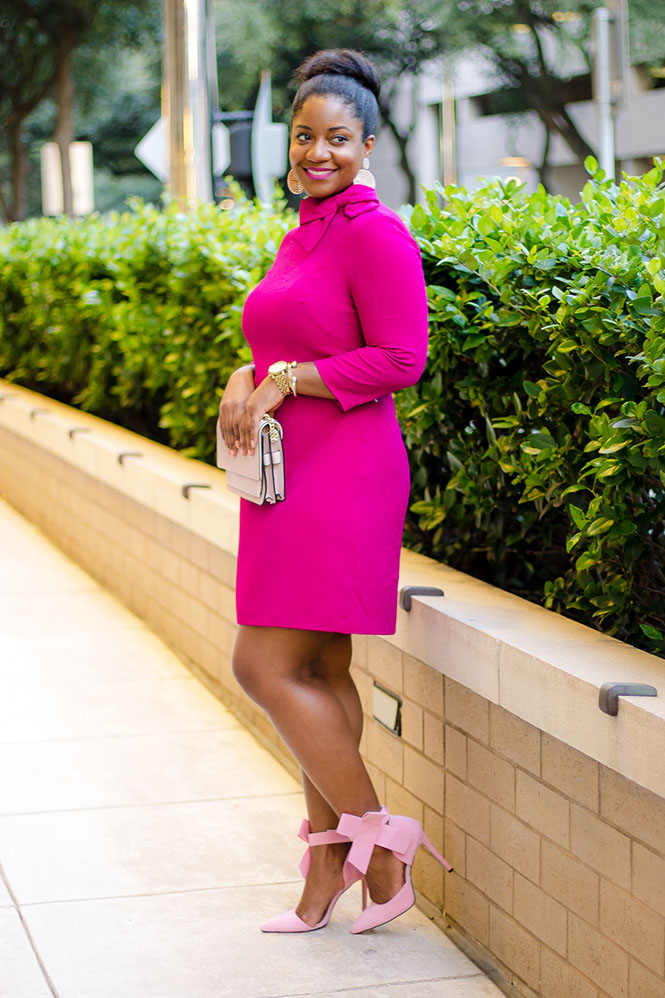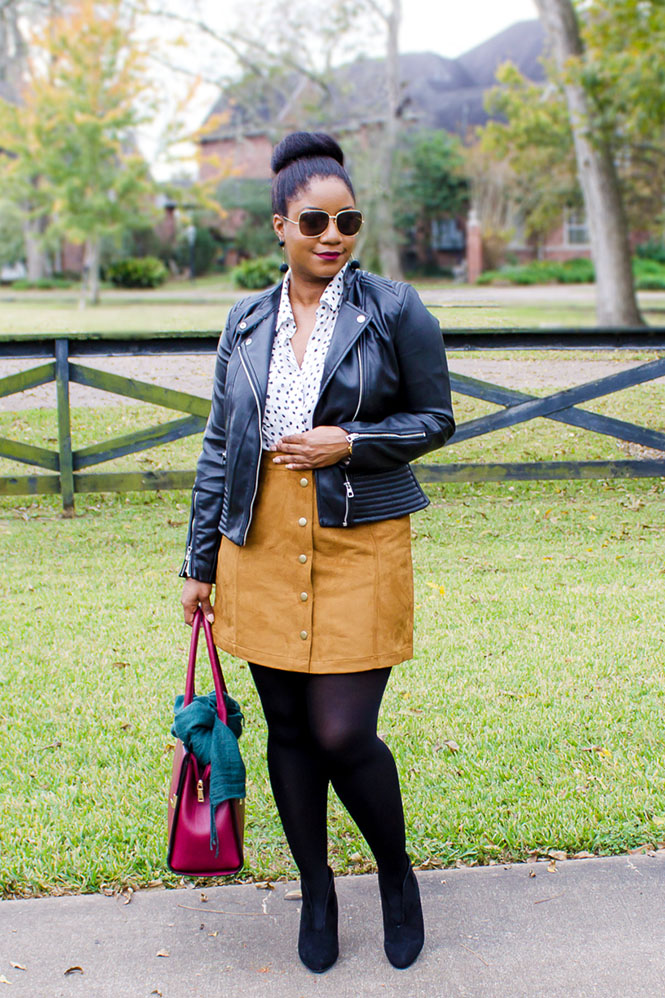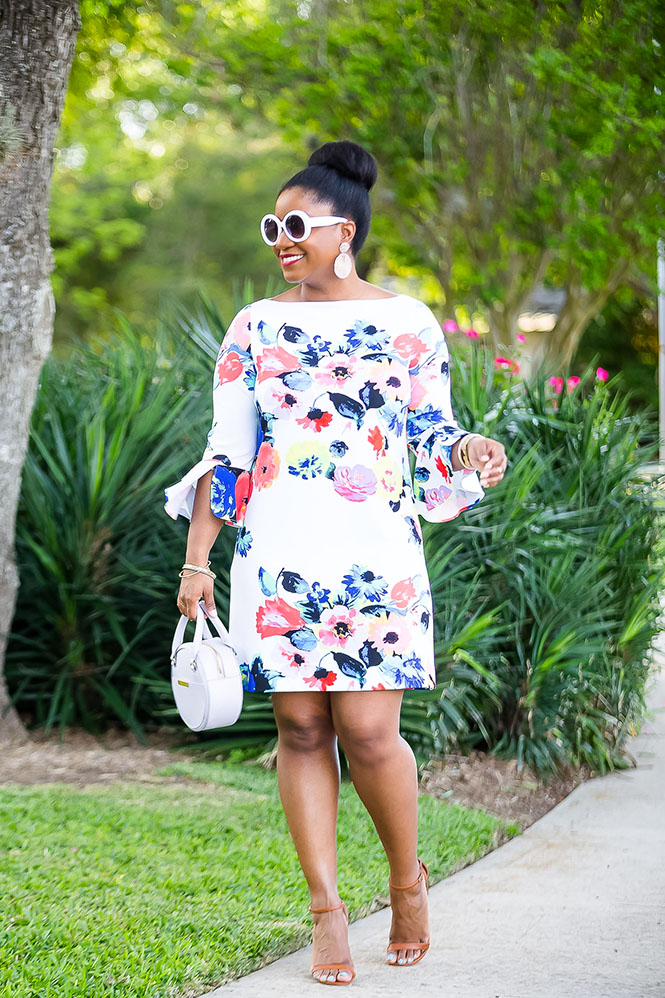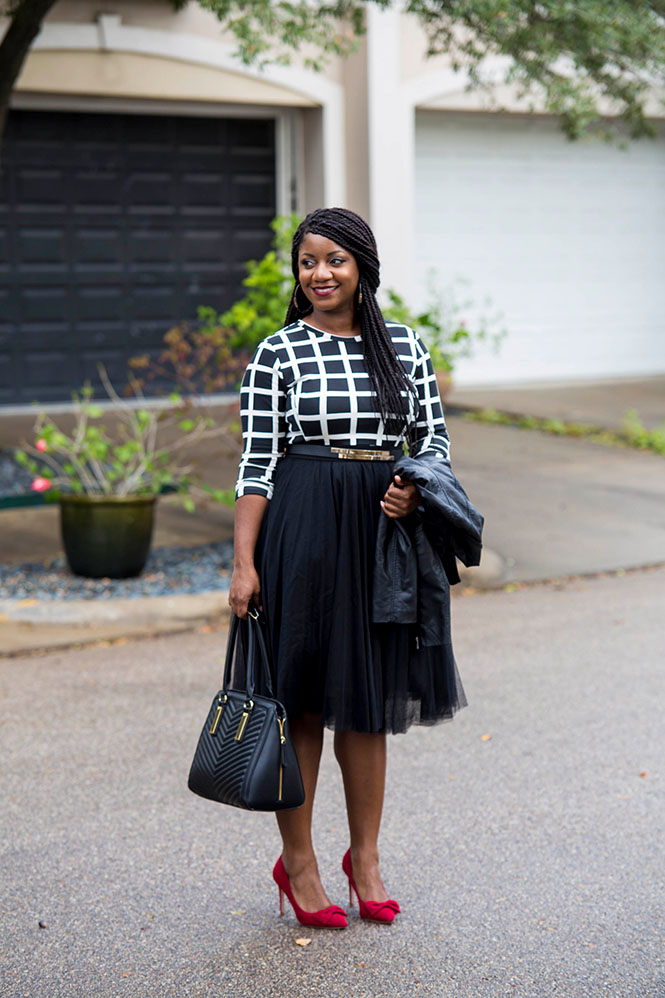
Dress: Nordstrom // Shoes: Amazon // Handbag: Target
Ok, so I know it’s Halloween and all, but I don’t really do Halloween. I wasn’t raised to celebrate Halloween, and I don’t like to be scared. But do you one thing I do find scary?! The prevalence of breast cancer and all of the women who are not taking care of their breast health!! So, since it’s the last day of October, Breast Cancer Awareness month, I will focus my blogging attention on this disease that has probably affected all of us in some way rather than costumes (though my outfit may as well be a Barbie flight attendant. LOL. I just wanted to wear all pink today!). I don’t know how many people can say they don’t know anyone that has had to fight this disease. Probably no one. I personally have had family members, friends, acquaintances, colleagues, etc. fight this disease. Many have won that fight, but some have lost. In 2017, it’s estimated that among U.S. women there will be 252,710 new cases of invasive breast cancer and 40,610 breast cancer deaths. Early detection can make the difference between life and death!
Women can proactively increase their chances of early detection of breast cancer by following these three steps, which are believed to be more effective than any one exam or test alone:
Breast self-exam – Every woman should do a breast self-exam once a month at home. Breast self-exams help you become familiar with how your breasts look and feel so you can alert your doctor if there are any changes. Set a calendar reminder, so you don’t miss a month! Here is some information on how to do a breast self exam and what to look for: here and here.
Clinical breast exam – The clinical breast exam is performed by a healthcare professional who is trained to recognize many different types of abnormalities and warning signs. This in-office exam is typically completed by your family physician or gynecologist at your annual exam.
Mammogram – A mammogram is an X-ray that allows a specialist to examine the breast tissue for any suspicious areas. Mammograms can often show a breast lump before it can be felt.
Most women who develop breast cancer do not have a family history of this disease, according the American Cancer Society. However, having a first-degree relative (mother, sister, or daughter) with breast cancer almost doubles a woman’s risk. Having two first-degree relatives increases risk about three-fold. As with any condition, it is important to know your family health history. Women with a family history of breast cancer or a genetic predisposition for the disease should be screened with a MRI in addition to routine mammograms (The number of women who fall into this category is very small.) Talk with a health care provider about your risk for breast cancer and the best screening plan for you. Thanks so much for reading! Take care of your breast health!

Shop the Post!!
Resources: Susan G. Komen, American Cancer Society
My aunt, a breast cancer survivor and advocate, has a foundation that’s a great resource. Check it out!




